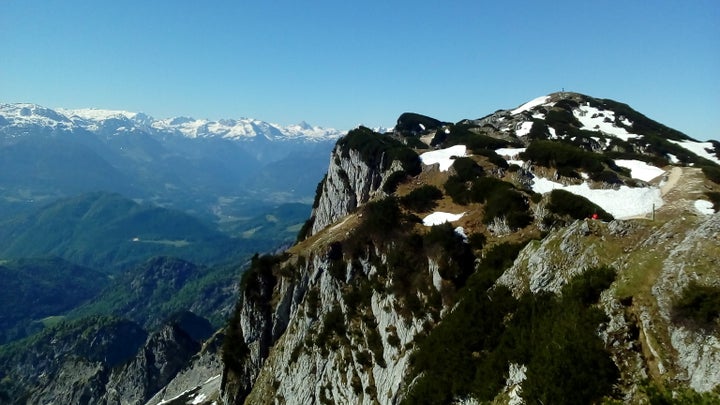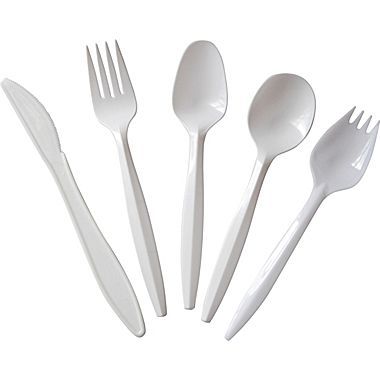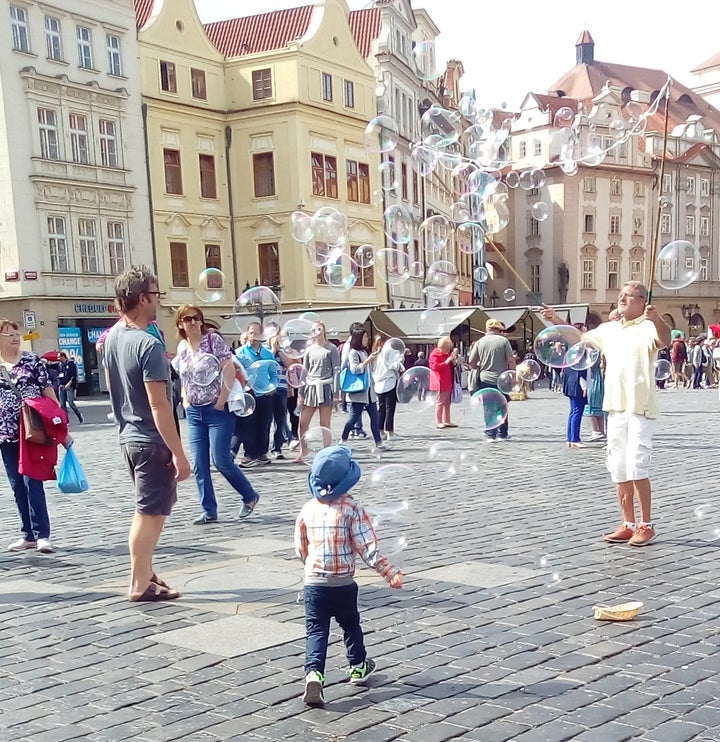
Image taken at the top of a snow-peaked hill in Salzburg, Austria
As the United States leaves the Paris Climate Agreement, showing itself to be a true disappointment among many nations, states, environmentalists, and children, the European Union (EU) and China speed up their work on combating climate change.
Fortunately, the EU is willing to work with several individual states within the United States on ramping up environmental programs; and thankfully, several states are willing to work with the EU; my state, California, is one of them.
Working on climate change is not an option, it is requisite and mandatory.
Having just spent three weeks in central and eastern Europe, I learned a LOT about what they are doing to be sustainable, and what WE can do to emulate them.
First, here are some of the things I noticed:
1. Cars are more efficient with better fuel economy.
2. Renewable-energy use is normal.
3. Many countries produce very little waste.
4. Recycling is as natural as walking.
This became noticeable in particular during our picnics. We like to do picnics, and when you have a 3-year-old, picnics are almost a necessity. You can pull up anywhere and eat any time. In every city, we found delicious bakeries with whole-grain breads, artisan jellies, and delicious fresh produce. The one challenge we encountered through our picnics however, was the sheer inability to find disposable silverware. ANYWHERE!!

Plastic silverware - always prevalent in the United States
In the United States, disposable silverware, flatware, plates, cups, are ubiquitous. You almost can’t avoid it! But, the opposite was true in Europe.
In fact, it became so difficult to find any disposable products, that at one of our hotels, I asked if we could borrow a fork and knife, made of metal, for some of our daily outings. As it turns out, they ended up just giving me the fork and knife to take with us for the entire trip, making our picnics easier.
Recycling is also commonplace, and it seems as though people readily engage with it.
While not all of their produce is beautiful and spotless like ours, Europeans do not produce the levels of waste, including food waste, we do here in the United States. The United States wastes somewhere between 1/3 and 40 percent of all it’s food, and food waste is the third largest producer of greenhouse gases, globally, after the United States and China. Food waste not only wastes the food product itself, but it wastes the water, petrochemicals, and all the other inputs that went into producing that food.
Single-use plastic products also are less-often used in Europe; and the plastic that is used, is religiously recycled.
This is important as plastic does not disintegrate or disappear from the environment. It only harms the environment, and animals that think it is food. It also harms the oceans and marine life as I have previously discussed in other articles.
The price of fuel, petrol and diesel, is higher in Europe than it is here. We paid the equivalent of at least $5/gal, $1.25/Liter for diesel for the rental car with used. If we in the United States had to pay as much for petrol as they do in Europe and other countries, perhaps our usage would go down, or people would buy cars that have better fuel economy. In fact, we know during the financial crisis recently, that people DID downsize their vehicles, Carpooled more, and drove less.

Riding an electric tram in Europe.
Public transportation via trams, buses, subways, and even bicycle rental programs also cut down on greenhouse gases from transportation. The tram systems that were set up in Europe under the Soviet era were extremely useful for getting around cities. And, because so much energy in Europe comes from renewable sources, this method of transportation does not significantly contribute to the carbon footprint.
Europe is steeped in history. From centuries-old castles, Holocaust concentration camps, to art museums. Even the roads and cobbles themselves bear centuries of history. Yet, Europe is way ahead of us when it comes to the environment and will remain ahead of us for the foreseeable future.

cobbles, buildings, and bubbles.
I learned a ton of history on this trip, but I also learned a ton of contemporary facts. We are missing the boat when it comes to climate change. The current administration will do anything for money, even if it ruins the environment for our children and children’s children.
I take this opportunity to call on states, Congress, our government, and even individuals like you and me, to practice better stewardship of our Earth. It is not so hard to bring a fork and knife with you that can be used multiple times in multiple ways, or a reusable coffee mug, or reusable grocery bags.
We can all be better, we just need to be more present, more cognizant, about how our actions and our choices affect both ourselves, and the environment.
Follow on Twitter: recipe4survival
Planet Experts: http://www.planetexperts.com/author/danahunnes/
